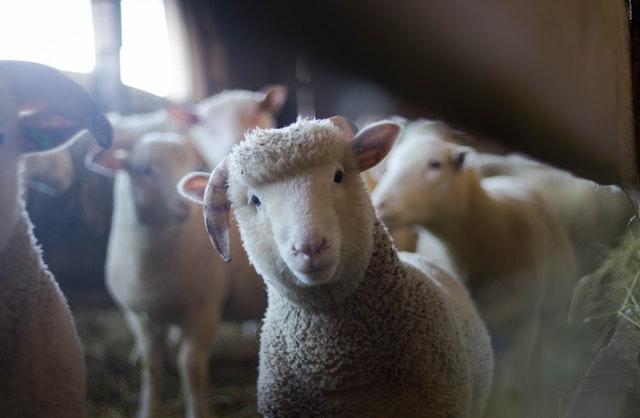Professional operators who are looking to develop wool sheds from the early stages have a number of key responsibilities to balance.
Wool production continues to be a thriving business, yet the checks and balances that need to be put in place for a sustainable enterprise are wide reaching.
Thankfully there have been enough case studies to illustrate what needs to happen and what is considered best practice.
Here is our official guide for establishing these exquisite sheds.
Investing in Quality Materials
Developers who are at the early stages of creating wool sheds are wise to spend their money on first-class materials, giving them a foundation for commercial success. This will be inclusive of slide swing gates and easy stock transition to secure catching pens, chutes, grating utilities and return races. The higher the grade of the materials, the stronger the protocols will be for participants that need to operate efficiently at every juncture.
Leaning on Industry Experience

When operators sit down with experienced developers, they will be able to assess some of the more intricate elements that need to be included with wool sheds. Components like lighting, ventilation and the structure of the wool room floor are essential for user safety and for workplace efficiency targets. Have honest discussions about what processes will work and what lessons they have taken away from working with stakeholders.
Working With Inspection Representatives & Authorities
The construction of wool sheds can be a sensitive practice, particularly when it comes to the liabilities and risks that are involved for professional operators. From insurance coverage policies that are in the client’s best interests to safe construction practices and protocols, it is beneficial to introduce third parties to oversee some of the finer details. If owners do not follow the correct provisions on the shed development, they will be held liable.
Designating Official Roles & Responsibilities
From shearers on the workroom floor to managers overseeing the program to other practitioners in various departments, it is essential that the creation of wool sheds is made in conjunction with specialist intervention. Staff who are unlicensed and untrained will prove a detriment to commercial enterprises that need to hit tangible targets. When the blueprint is put into place, it is necessary to bring qualified members into the environment before designating their key tasks.
Added Room for Development Space
There might very well be a premium on the space that is afforded to wool sheds depending on the location, but it is always a good move strategically speaking to save room for future development purposes. If the venture happens to be a success, then there will be scope to add more pens, chutes, gates and races without cramping the style of shearers as they undertake their duties. Plan for future operational space ahead of time and there will be every chance those targets will be achieved.
Acquiring Extensive Design Quotes
Operators who are budgeting for these shed developments understand that they cannot write a blank cheque in these circumstances. There will only be so much money made available and this is where market competition will come into play. Operators should engage a number of different suppliers and developers in this context, examining what their price point happens to be and gauging what is affordable.
Summary
Developers are wise to reflect on these strategies when they are at the planning phase of wool sheds. Don’t attempt to perfect the design on day one because there will always be scope for alteration. Take note of techniques that have worked in the past and set objectives for the long-term. That is the right path ahead for wool practitioners.
